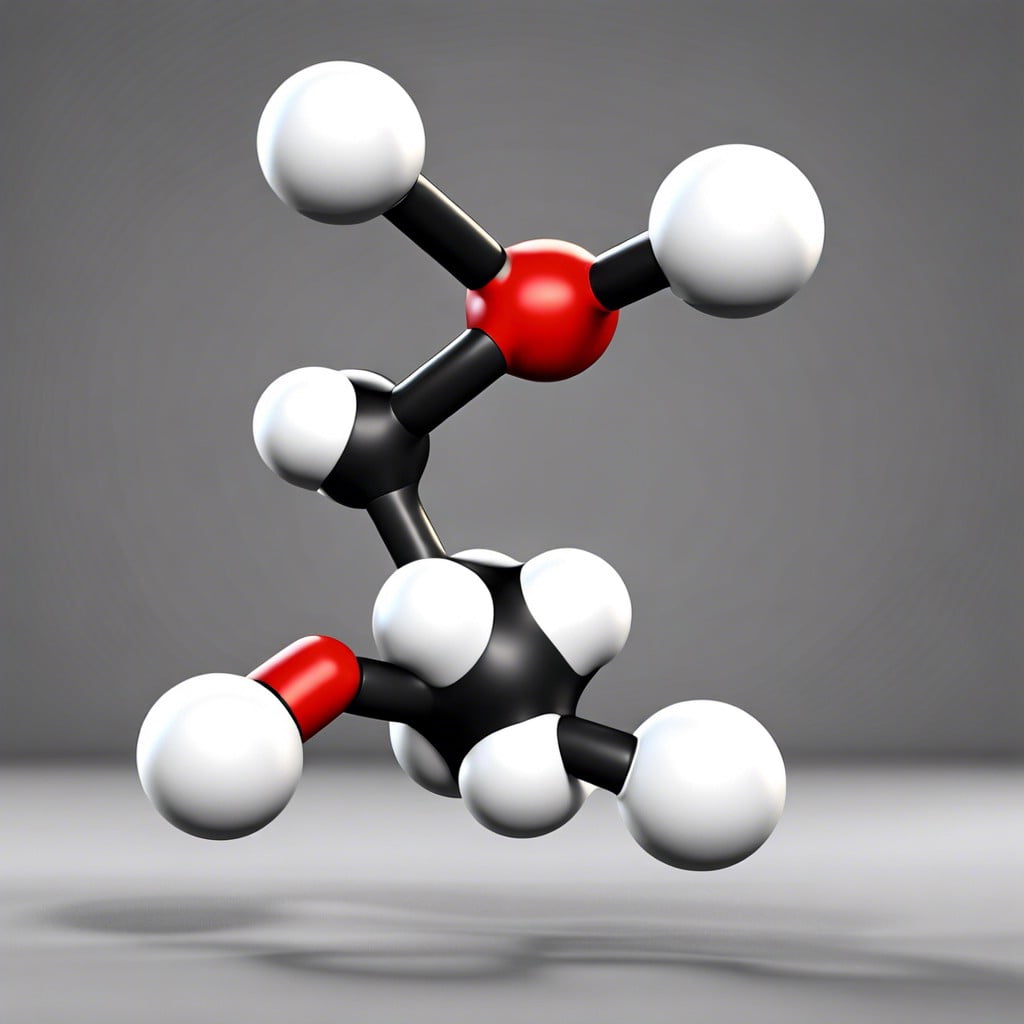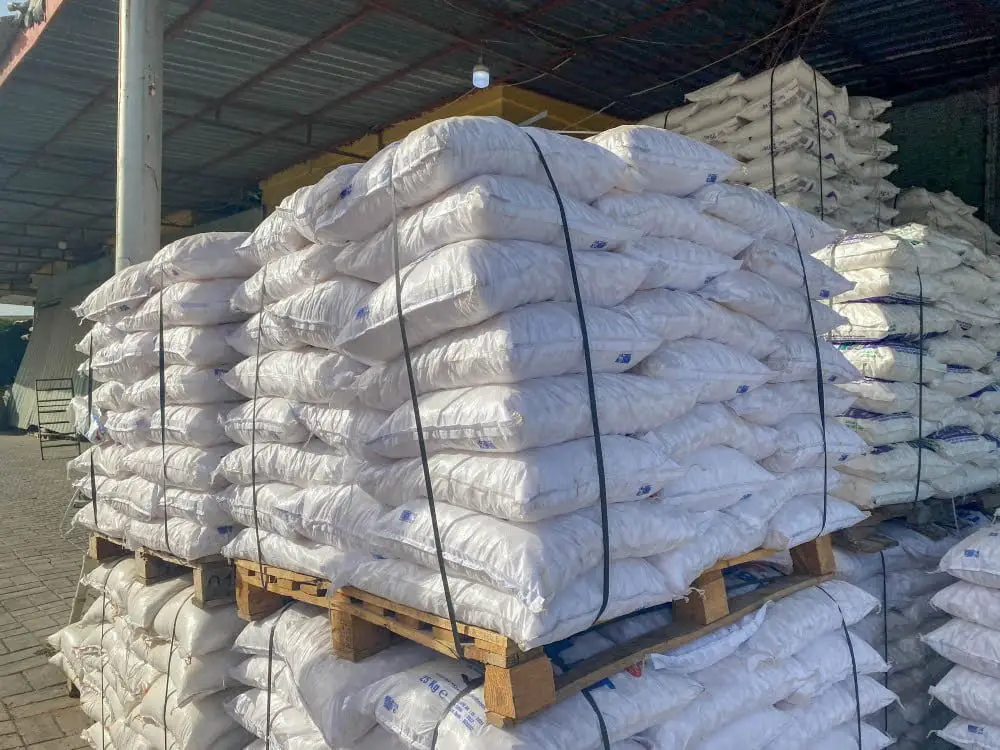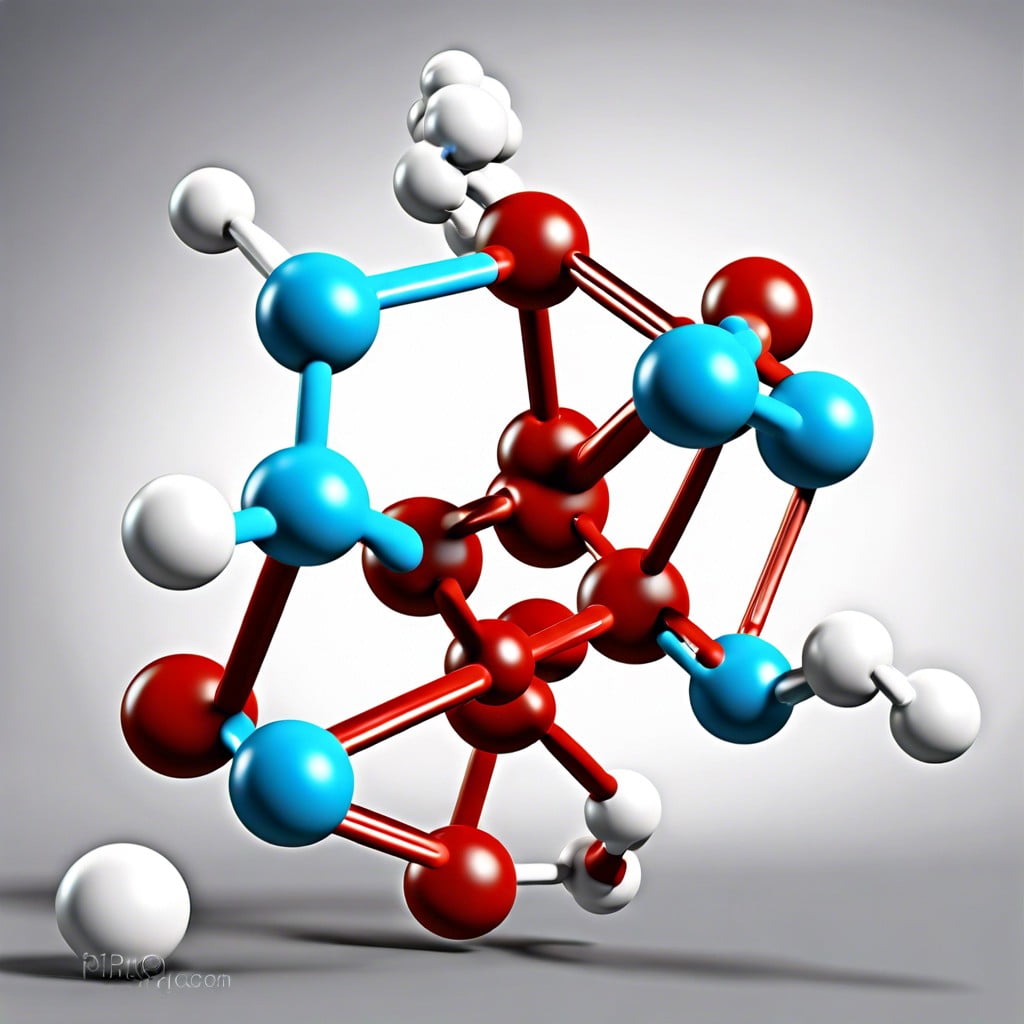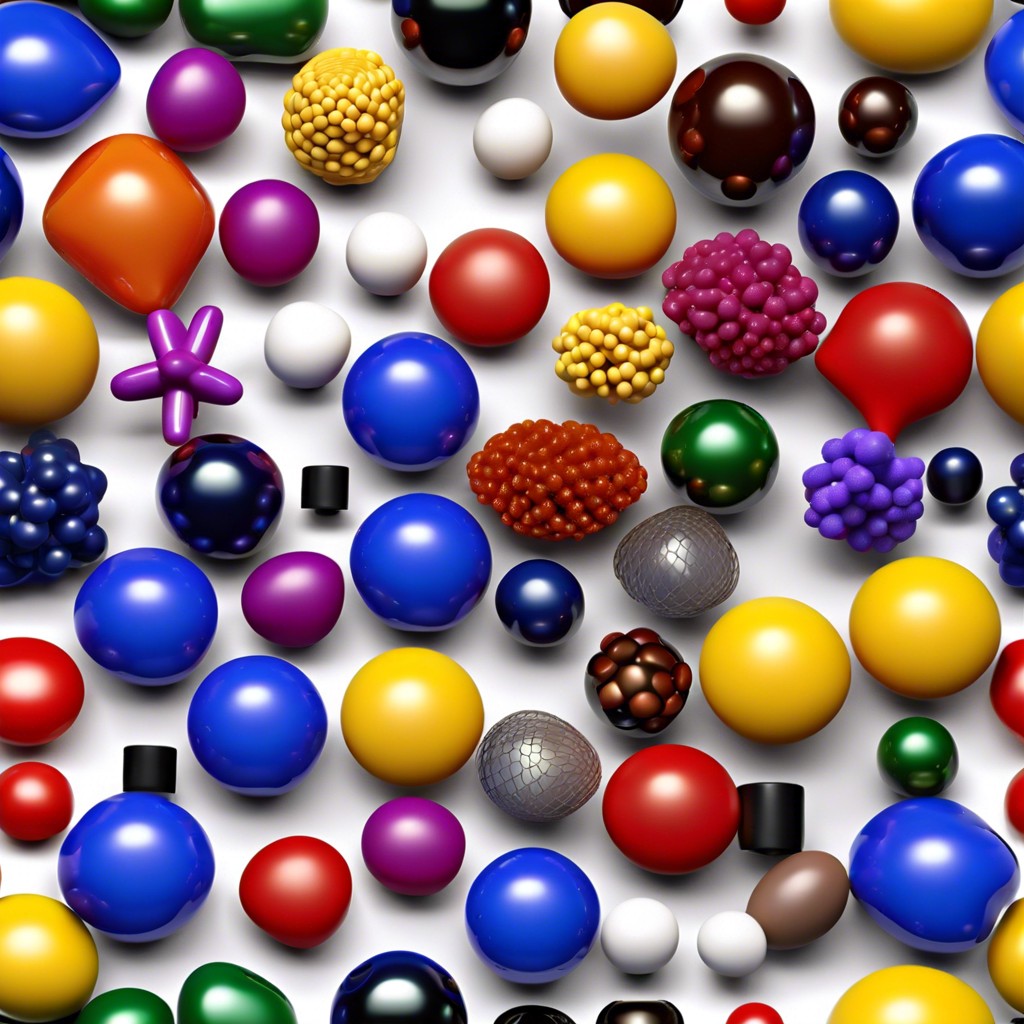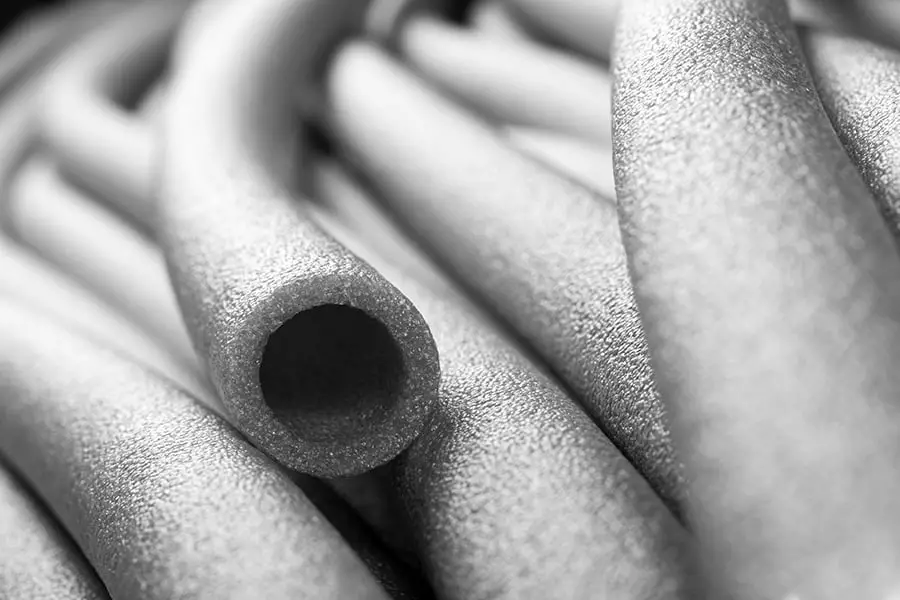Discover the distinct differences between polymers and monomers and how they are the building blocks of various materials used in construction.
Key takeaways:
- Monomers are small molecules that bond together to form polymers.
- Common examples of monomers include ethylene, propylene, and glucose.
- Polymers are large chain-like molecules made up of repeated monomers.
- Polymers have diverse properties and applications in construction.
- Polymers can be natural or synthetic and are formed through polymerization.
What You Will Learn
What Are Monomers?
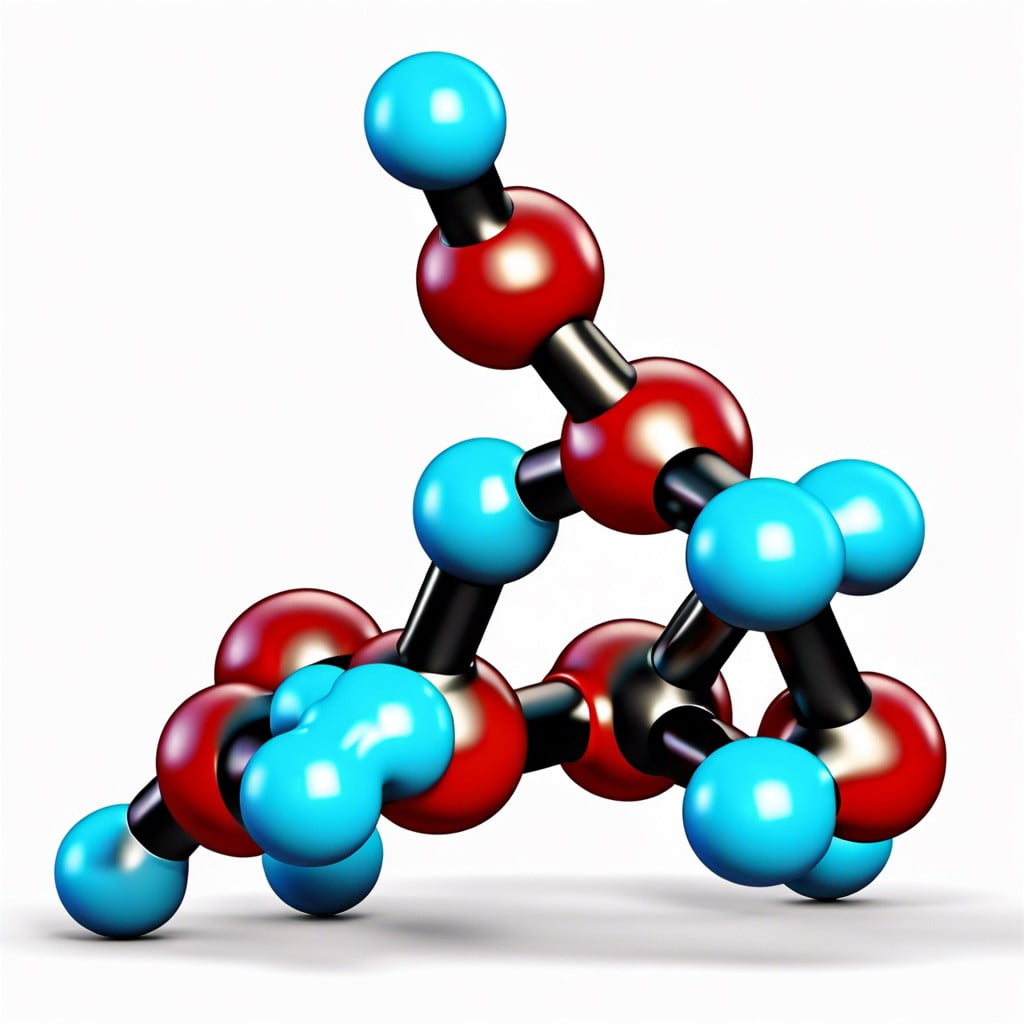
Monomers are the basic building blocks of polymers. They are small, simple molecules with a reactive feature that allows them to bond with other monomers. Think of them as puzzle pieces designed to connect with one another. This linking process is called polymerization, which transforms monomers into a more complex structure – the polymer.
Some common examples include ethylene, which is used to make polyethylene, and propylene, which leads to polypropylene. These materials form the basis for a wide range of plastics and synthetic fibers. Monomers can be natural, like glucose, which forms natural polymers such as cellulose and starch, or synthetic, designed for creating materials with specific properties. They play a critical role in creating the diverse polymeric materials used in various facets of construction and manufacturing.
Examples of Monomers
Monomers are the building blocks of more complex molecules, like polymers. They are small, simple molecules that can join together in long chains through a process known as polymerization. A familiar example is ethylene, a gas composed of two carbon atoms double-bonded to each other, with each carbon atom also bonded to two hydrogen atoms. Ethylene is the monomer that, when polymerized, forms polyethylene – a widely used plastic found in items such as shopping bags and detergent bottles.
Another common monomer is vinyl chloride, which is used to make polyvinyl chloride (PVC), a material that’s often used in plumbing pipes, window frames, and cable insulation. Styrene is a monomer that leads to polystyrene, a plastic that comes in rigid forms or as a foam – commonly known as Styrofoam.
In nature, monomers are just as essential. Glucose, for instance, is a natural monomer that polymerizes to form starch or cellulose in plants. Amino acids are the monomers that link together to form proteins, which are vital to living organisms for countless functions.
What Is a Polymer?
Polymers are large, chain-like molecules composed of many repeated subunits, known as monomers. Think of a polymer as a freight train, with each car being a monomer; linked together, they form a long, connected entity. The physical properties of a polymer depend on the length of the chain and the nature of the monomers.
In the construction industry, polymers play a vital role, offering flexibility, durability, and resistance to environmental factors. Examples include silicone sealants used for waterproofing and adhesives for bonding building materials. The versatility of polymers arises from their molecular structure, which can be engineered to meet specific requirements.
Polymers can be natural, like cellulose in wood, or synthetic, such as polystyrene and PVC used in piping and insulation. The process of creating polymers, called polymerization, bonds monomers together through chemical reactions, often requiring catalysts and sometimes pressure and heat.
Understanding polymers is key in construction since they dictate the behavior of many materials — from the elasticity of paints to the strength of composites. This knowledge allows for smarter material choices and innovative design solutions in building projects.
Examples of Polymers
Polymers are ubiquitous in construction due to their versatility and desirable properties. Here are some common examples you might encounter:
Polyethylene (PE): Likely the most common polymer, polyethylene is used in a variety of forms, from thin films in house wraps to sturdy pipes for water supply.
Polyvinyl Chloride (PVC): Known for its durability and resistance to chemicals and corrosion, PVC is a staple for window frames, pipes, and cable insulation.
Polystyrene (PS): Often found as foam insulation boards, polystyrene provides excellent thermal insulation and is also used in protective packaging.
Polyurethane (PU): This versatile polymer appears in everything from spray foam insulation to sealants and adhesives, offering high-performance solutions for sealing and insulating buildings.
Epoxy resins: These are integral in coatings and adhesives, providing strong bonds and protective layers for floors, countertops, and as binders in composites.
Each of these polymers can enhance the functionality and longevity of a structure. Advances in polymer technology continue to open new possibilities for even more effective building materials.
How Polymers Form
Polymers come into being through a process called polymerization where monomers, the building blocks, link together. This can occur in various ways, but two common methods are addition polymerization and condensation polymerization.
In addition polymerization, monomers add to each other without losing any atoms. Imagine a line of people holding hands; each person represents a monomer. As more people join hands, the line grows longer, akin to a growing polymer chain.
Condensation polymerization is slightly different. Here, each time a bond forms between monomers, a small molecule like water is released. Think of it as two people linking arms but each time a new person joins, they drop a coin. This dropping of the coin is the byproduct of the reaction that helps to form the polymer.
These linked monomers create a repeating unit or pattern that gives polymers their unique properties, such as elasticity in rubber or durability in plastics. The nature of the monomers and the polymerization method can influence the polymer’s characteristics, which is why there’s such a wide variety in their application and functionality.
Related reading:
